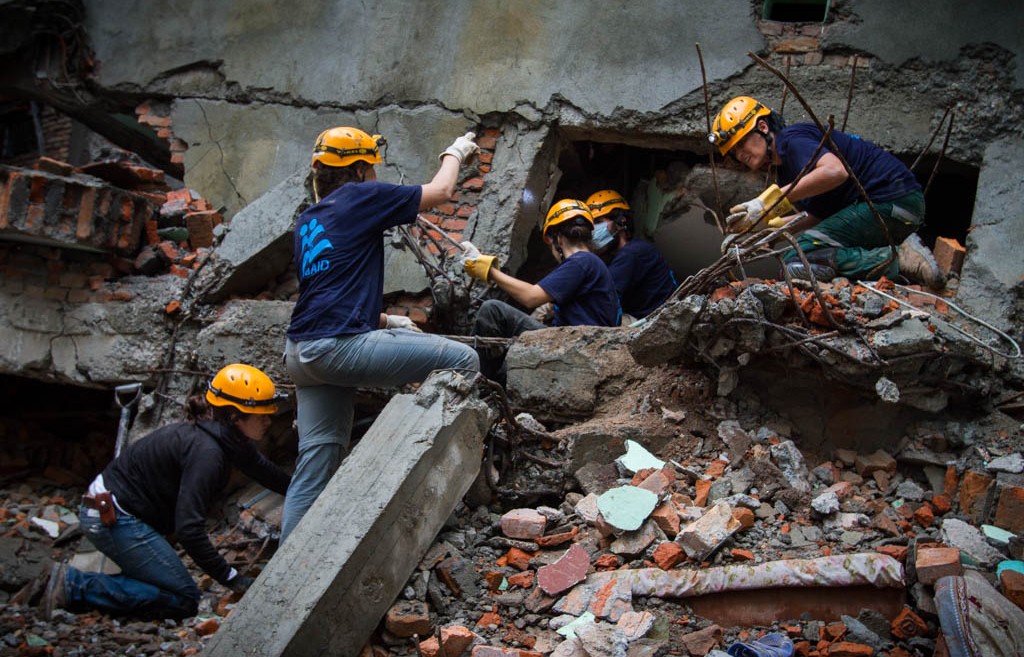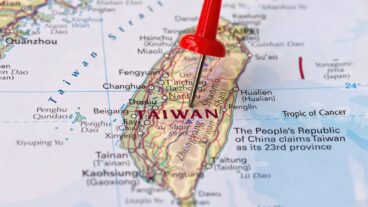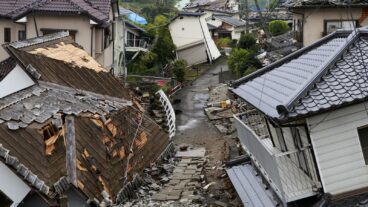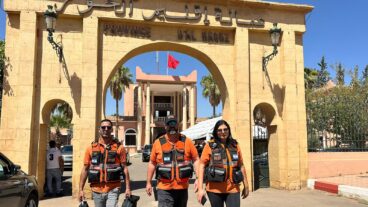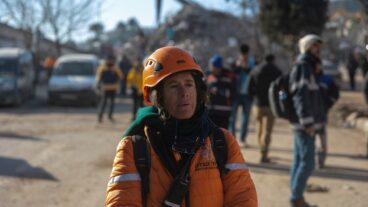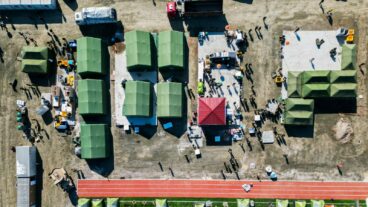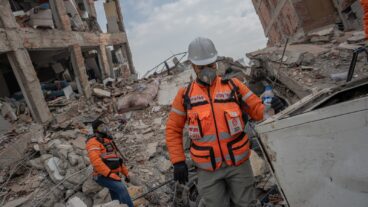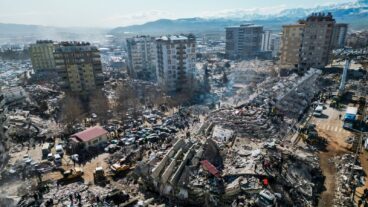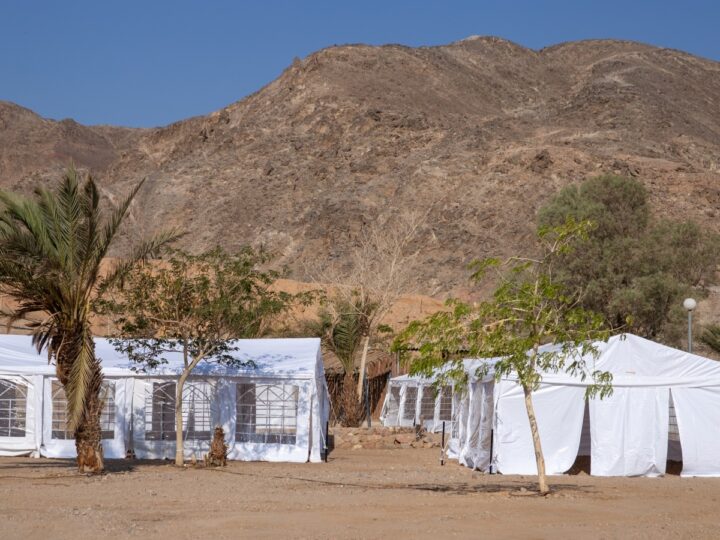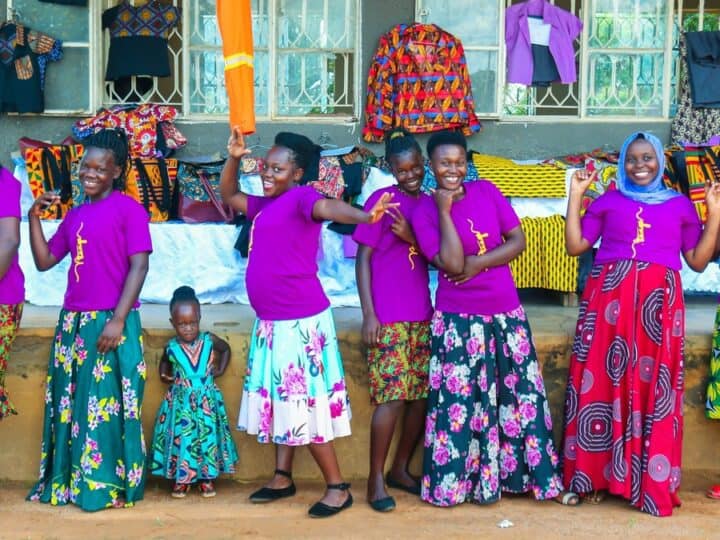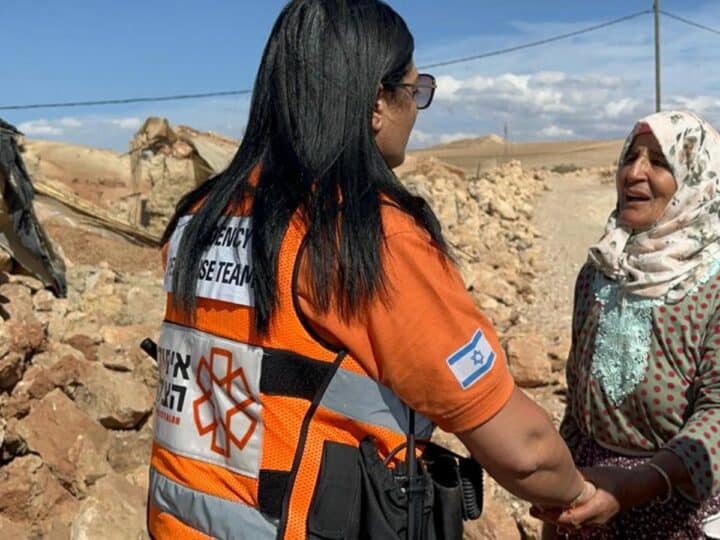When Krishna Devi Khadka, was pulled out of the rubble of a hotel five days after a devastating 7.8 magnitude earthquake in Nepal on April 25 2015, the first people she saw were Israeli.
Khadka, a maid at the hotel, had been trapped in an air pocket covered by a corpse. She was rescued after a dramatic 10-hour operation led by Israeli humanitarian aid organization, IsraAid.
The 24-year-old was taken immediately to the only working hospital in Kathmandu, a large field hospital run by the Israel Defense Forces (IDF).
Khadka was one of thousands of people across Nepal who survived the first quake and the second magnitude 7.3 quake that followed two weeks later, thanks to Israeli aid. The two quakes were a catastrophic double blow for Nepal that left 9,000 people dead, 22,000 injured and hundreds of thousands of homes, offices and temples destroyed or damaged.
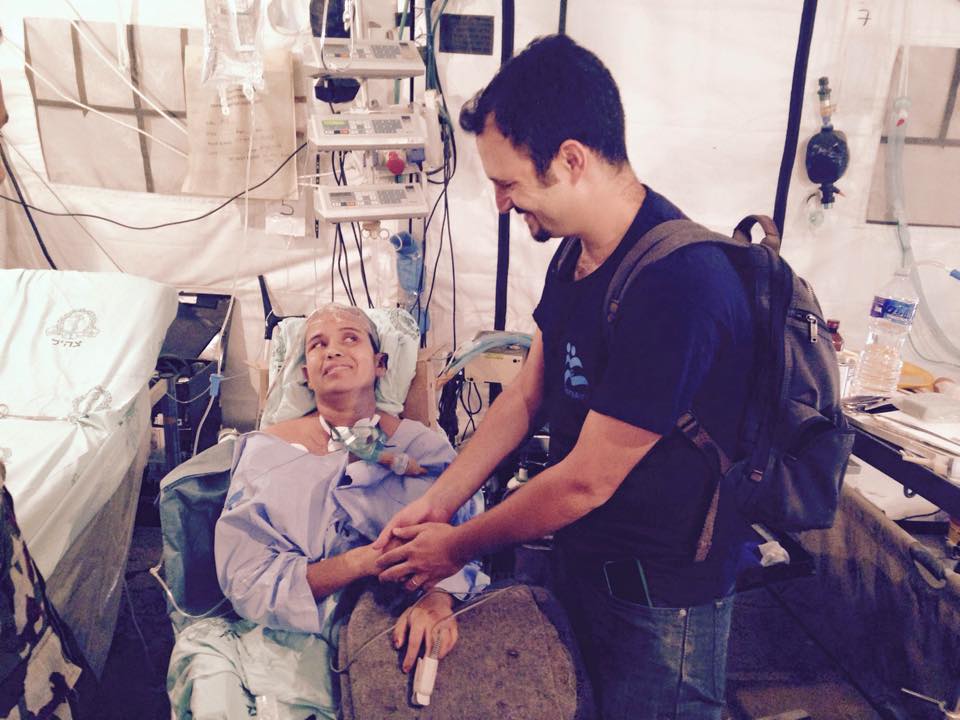
Israel was one of the first countries to send humanitarian aid to Nepal, and the range and breadth of that aid from so many sectors of Israeli life – the government, the military, and various NGOs — was so significant that the Nepalese today regard Israel as a source of inspiration.
According to figures compiled by CNN, Israel sent more personnel to the disaster scene than any other country.

The IDF arrived in Nepal two days after the first quake, with a team of 260 physicians and search-and-rescue experts. Within 12 hours they had set up a field hospital in Kathmandu, the IDF’s largest ever, which included two operating tents, four intensive-care tents, 60 hospital beds and specialists in neonatal and adult care.
The team brought 95 tons of humanitarian and medical supplies from Israel, and during their stay they treated 1,600 patients, performed more than 85 surgeries and delivered eight babies.
They also fortified 332 public buildings, and conducted safety and survival workshops for 605 Nepalese citizens.

Israeli civilian NGO IsraAID also arrived two days after the quake, with an emergency relief team of doctors and search-and-rescue specialists. The team quickly established a temporary field clinic in the Sindhupalchowk district of Nepal, one of the worst-hit areas.
The organization brought supplies and medical services and opened psychologist-staffed safe spaces for children left wandering the streets after the quake.
Community development nonprofit Tevel B’Tzedek (The Earth in Justice), which has been carrying out humanitarian work in Nepal since 2007 and already had a team on the ground, rushed to help, providing connections, training and understanding of the region to other NGOs arriving on the scene.
Magen David Adom (MDA) sent out a trained disaster delegation including 10 paramedics and two physicians, and later distributed building supplies and food to 800 Nepali families.

The Dream Doctors sent medical clowns to bring relief and cheer to survivors.
Other Israeli NGOs ZAKA, United Hatzalah, Natan International Humanitarian Aid and Israeli Flying Aid were also involved in rescue, recovery and relief operations in Nepal along with FIRST, a consortium of Israeli government and army rescue services.
Pic cap: ZAKA, United Hatzalah and FIRST Israel worked together under the umbrella of the Israelife Foundation in Nepal. Photo courtesy
Over a year later, Tevel b’Tzedek and IsraAID are still at work in Nepal, offering training and support to help villagers get back on their feet.
Tevel b’Tzedek runs a youth service program modeled after Israel’s Shnat Sherut, year of national service, in earthquake-devastated villages to help rebuild communities. Tevel also runs a variety of recovery programs in agriculture, education, disaster-risk reduction, resilience, crisis intervention and income generation for some 25,000 villagers in six of Nepal’s most impoverished regions.
IsraAID runs a variety of humanitarian projects in Nepal and plans to be there for at least three more years. The organization distributes warm clothing to Nepali children, has brought in Israeli specialists to train local NGOs to run an emotional support hotline, and has set up a beekeeping cooperative staffed by women who lost their homes and sources of income in the earthquake.

The organization also trained six theater troupes to present plays in earthquake-affected districts, to relay information about community resilience and trauma, a model that is now being adopted by UNICEF.
Nepal was not the first time that Israel has rushed to provide aid in the wake of a deadly earthquake. Israeli humanitarian workers have helped out after earthquakes in India, Turkey, Peru, and the devastating earthquake and tsunami that hit South East Asia in 2004.
Here are the main earthquakes where Israel has given aid since 2010.
Jan 2010: Israel gained worldwide praise for the speed and efficiency with which it offered aid to Haiti in the wake of a catastrophic 7.0 magnitude earthquake that killed around 160,000 people and left 280,000 buildings destroyed. Five years later, Israel was still in Haiti helping rebuild the community.
July 2010: A 8.8 magnitude earthquake in Chile.
Feb 2011: A 6.3 magnitude earthquake in New Zealand, which killed 185.
March 2011: The 9.0 magnitude earthquake and tsunami in Tohoku, Japan, which killed some 16,000 people and left 230,000 homeless. As in Haiti, Israeli aid organizations remain in Japan today long after all other foreign aid organizations have left. Aid workers are helping to build a mental health support network in the country, and recording the testimonies of survivors.
April 2015: A double earthquake in Kumamoto City, Japan, which killed 49 and injured 3,000.
Feb 2016: A 6.4 magnitude earthquake in Taiwan, which killed 117 people, 115 of them in one residential building in Kaohsiung City.
April 2016: The 7.8 magnitude earthquake in Ecuador, which killed 661 and injured nearly 28,000 people.
To view more stories on Israel’s exceptional humanitarian aid efforts abroad in the My Name is Israel aid exhibition, or to download the exhibit for display, click here.




